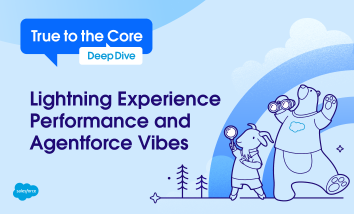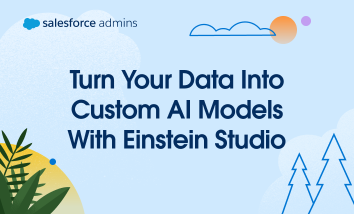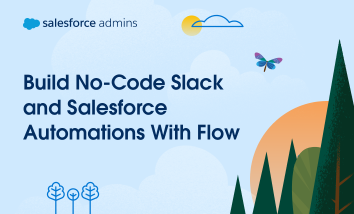Looking for more True to the Core Deep Dive? In this post, we recap the highlights from our third session on Lightning Experience performance and Agentforce Vibes. This special monthly series builds on the trusted True to the Core format you know and love, offering you a closer, more focused look at specific Salesforce Platform […]










